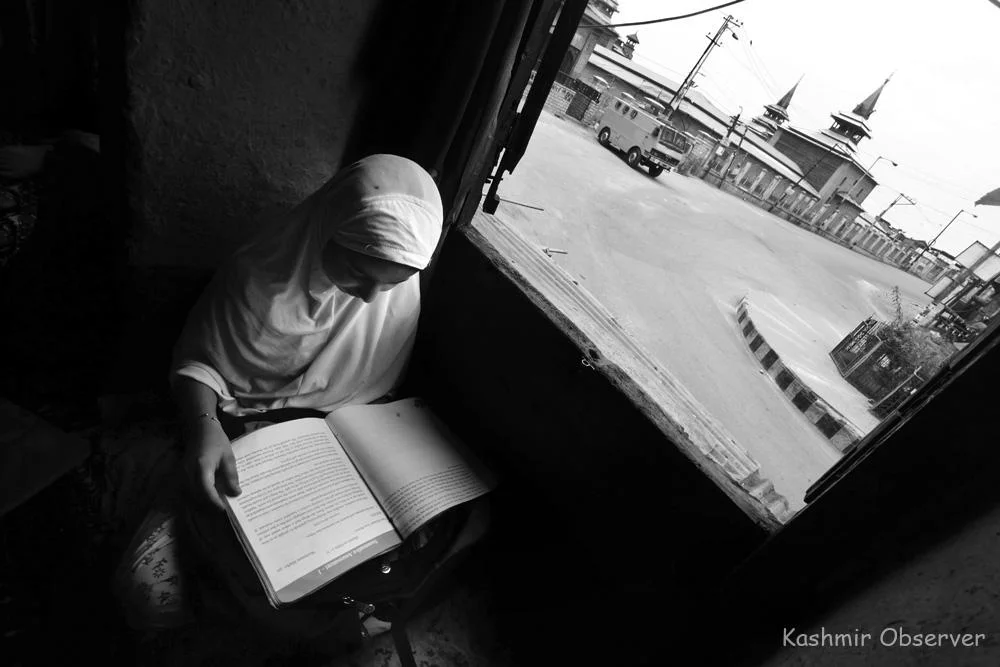
A toddler’s viral image from the recent Sopore shootout site not only sent shockwaves around, but it once again broadcasted the conflict-torn childhood in Kashmir.
Story by Rakshanda Afrin
Photos by Abid Bhat
TEARY-EYED with blood-stained clothing, the three-year-old child wailing on the chest of his dead grandfather on a roadside in north Kashmir lately transported 20-year-old Gowher Mubeen back to his tormenting childhood.
“I was out on a street just like that kid when I saw bodies falling in early 2000,” Mubeen recalled. “The scene continues to haunt me. I could never bury those blood-drenched and bullet-ripped bodies in my head all these years.”
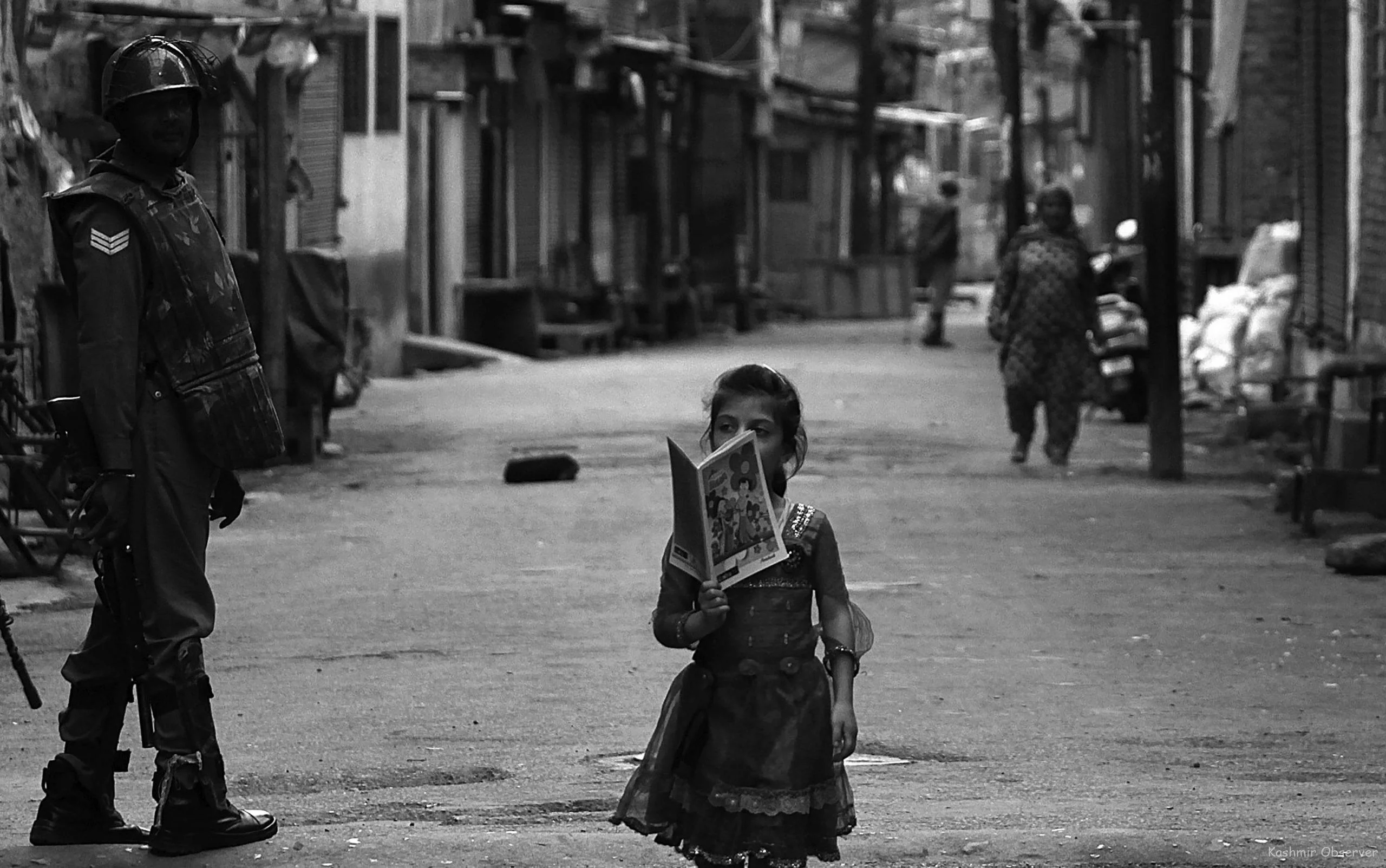
Soon after the HMT boy was photographed in a heartbreaking scene in Sopore, commentaries on his unsound future started, with many Kashmiri netizens drawing parallels between their growing up experience in Kashmir during nightmarish nineties and with the child’s life ahead.
“The naive heart of the kid will take a few years to make sense of what is a gunfight or bullet that took his grandpa’s life, but what can’t be undone is the death and trauma he had to endure,” Mubeen continued. “Our children don’t deserve these recurrent spine-chilling experiences in their own home.”
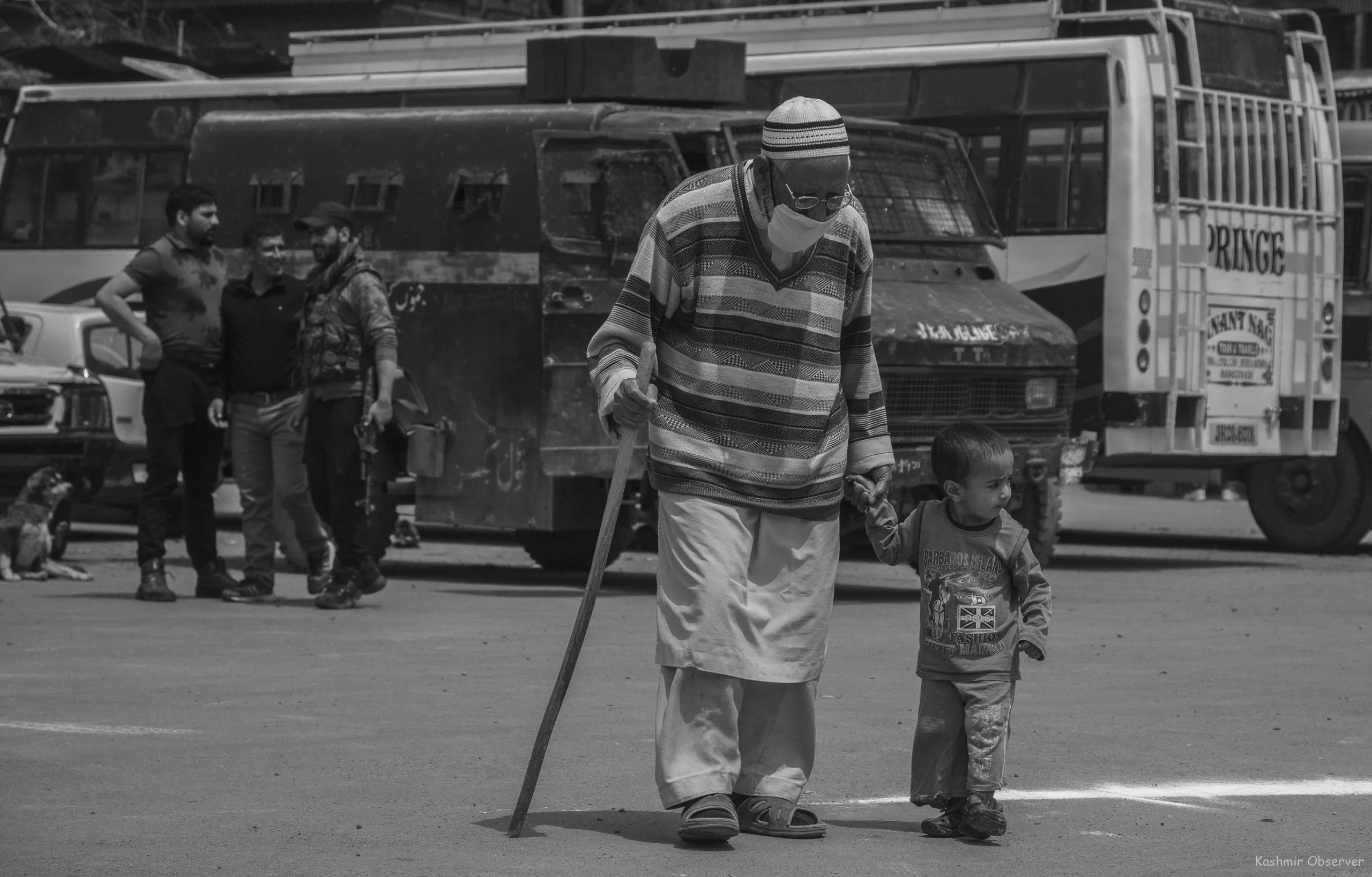
Even as propaganda, whitewashing and blames tried to distort the disturbed image coming out of Sopore recently, what’s inevitable, many say, is the protracted conflict regularly plunging the valley into an abyss of agony.
Just nearly two months back, locals in downtown Srinagar lost their homes in the Nawa Kadal gunfight, the same incident which caused a young seven-grader, Basim Aijaz, to lose his life.
According to a report by Jammu Kashmir Coalition of Civil Society (JKCCS), the fifteen-year period from 2003 to 2017, witnessed not less than 318 killings of children (in the age group of 1 to 17) in various incidents of violence in the valley.
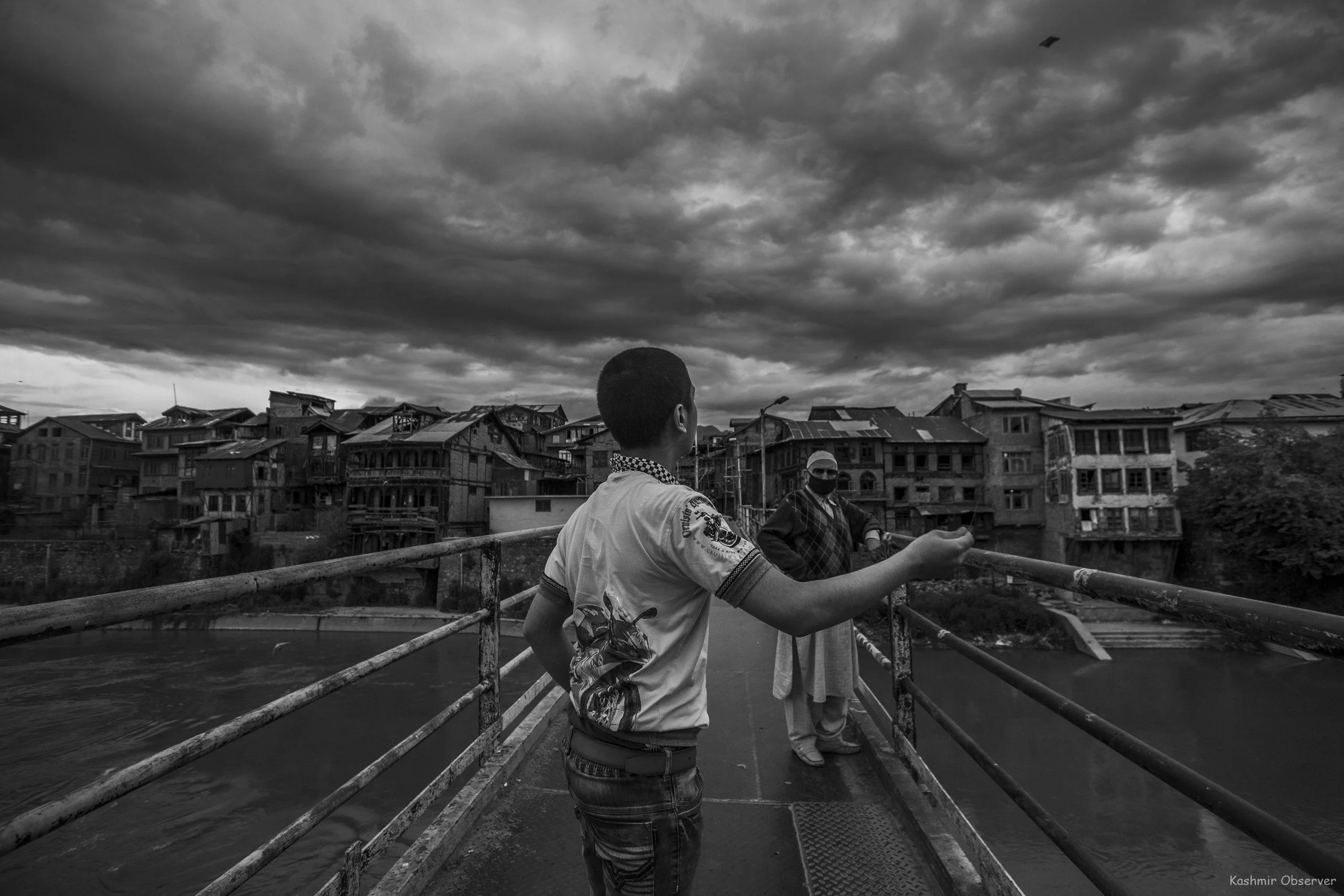
In Saffron town Pampore, Labeeb Baig, 22, has spent most of his boyhood battered with instability and street hostility.
“I was just 9, when our neighbour and his father-in-law randomly disappeared one evening and were found to be killed a week later after sustaining critical injuries,” Labeeb said.
And when his hometown witnessed raging protests in 2016, his parents decided to send him away to Lucknow, to pursue studies at his maternal uncle’s place. “But I refused, as I was really scared to leave my family and younger sister alone amidst the dreaded atmosphere.”

Unlike others, Kashmiris have grown habitual of waking up to news of their brethren’s killing and tensions in their homeland.
“Our families mourn deaths, our mothers become widows overnight,” Labeeb, a political science graduate, continued. “There seems no end to our miseries.”
As per the report, Structure of Violence, published by JKCCS in 2015, Kashmiris are living in “the most militarized zone of the world”, even more than Iraq, Afghanistan and Gaza, where “there’s one Indian soldier for every 10 Kashmiris”.
Most Kashmiris have firsthand violent lived experiences in the valley, said Jibraan Javid, a PhD researcher at Aligarh Muslim University.

“I remember how in 1994, my father’s right arm was shot by the armed forces and a decade later his leg was fired at,” Jibraan, who hails from Kashmir’s Bandipora, said. “It’s not only a personal incident but a microcosm of the violence which is happening at a large scale, almost like a pandemic. Most of us often wonder, as why our bodies are made to bleed, or be at the discourse of violence!”
After joining Aligarh in 2018 for his doctorate degree, the Bandipora boy felt his childhood trauma returning to haunt him. “Especially after the Pulwama attack, when Kashmiris were cornered and targeted with slogans like ‘dogs are allowed, Kashmiris are not’, I felt like reliving the dreadful past.”
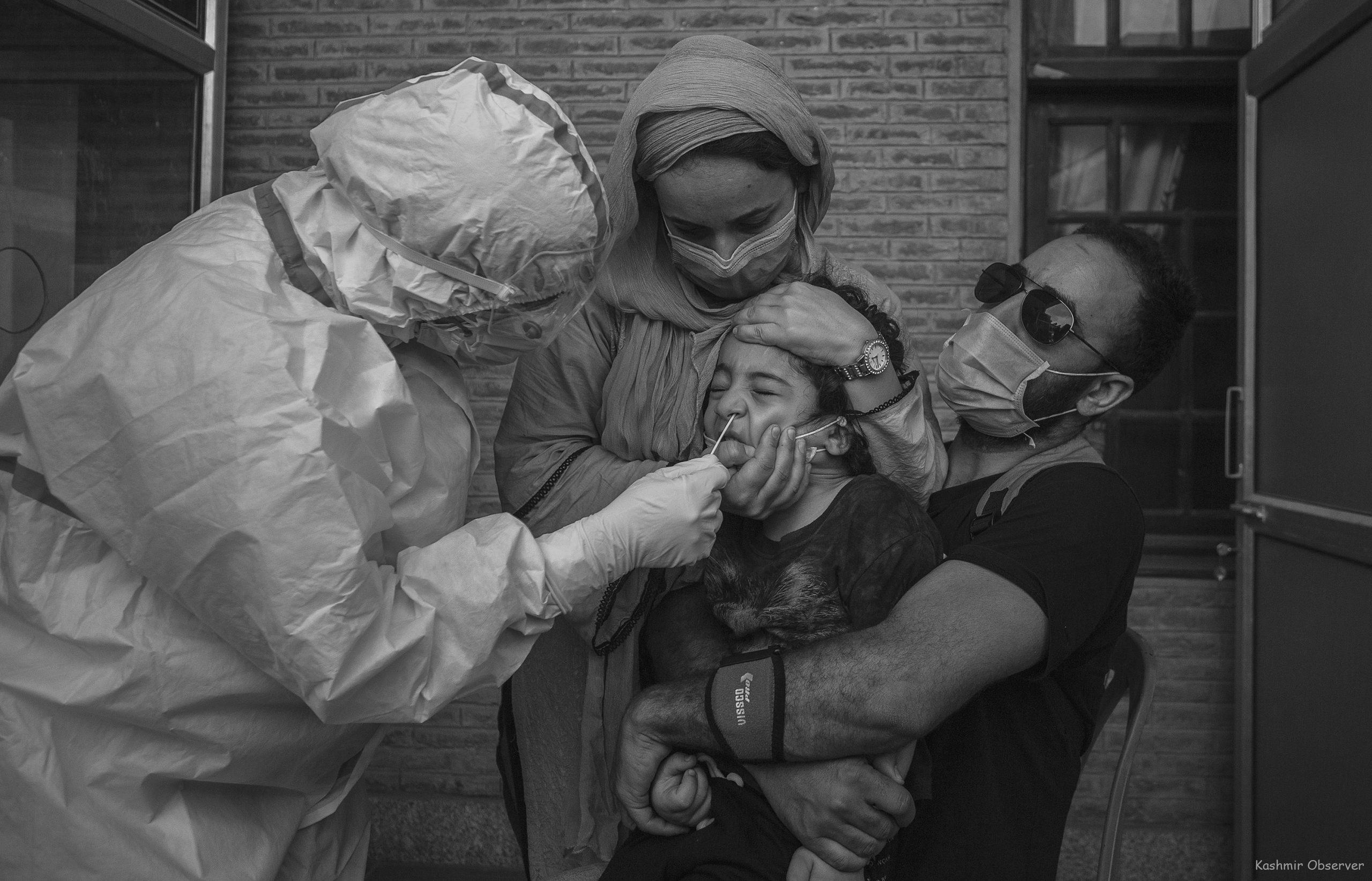
Elaborating on the impact of living in a conflict zone, the scholar said, one suffers from structural and systematic violence, “for example, the internet gag”, apart from physical violence.
“Since last month, I’ve been doing my research on 2G and not been able to attend any online lectures or webinars, or be able to download any larger books,” Jibraan said.
According to Access Now, an international advocacy group, India’s Internet shutdown in Kashmir is “the longest ever in a democracy”. While low-speed internet has been allowed after a complete blackout in January this year, it’s mostly limited or restricted. In want of high-speed internet, the mandatory online classes have become a tall order for the lockdown-weary Kashmiri students.
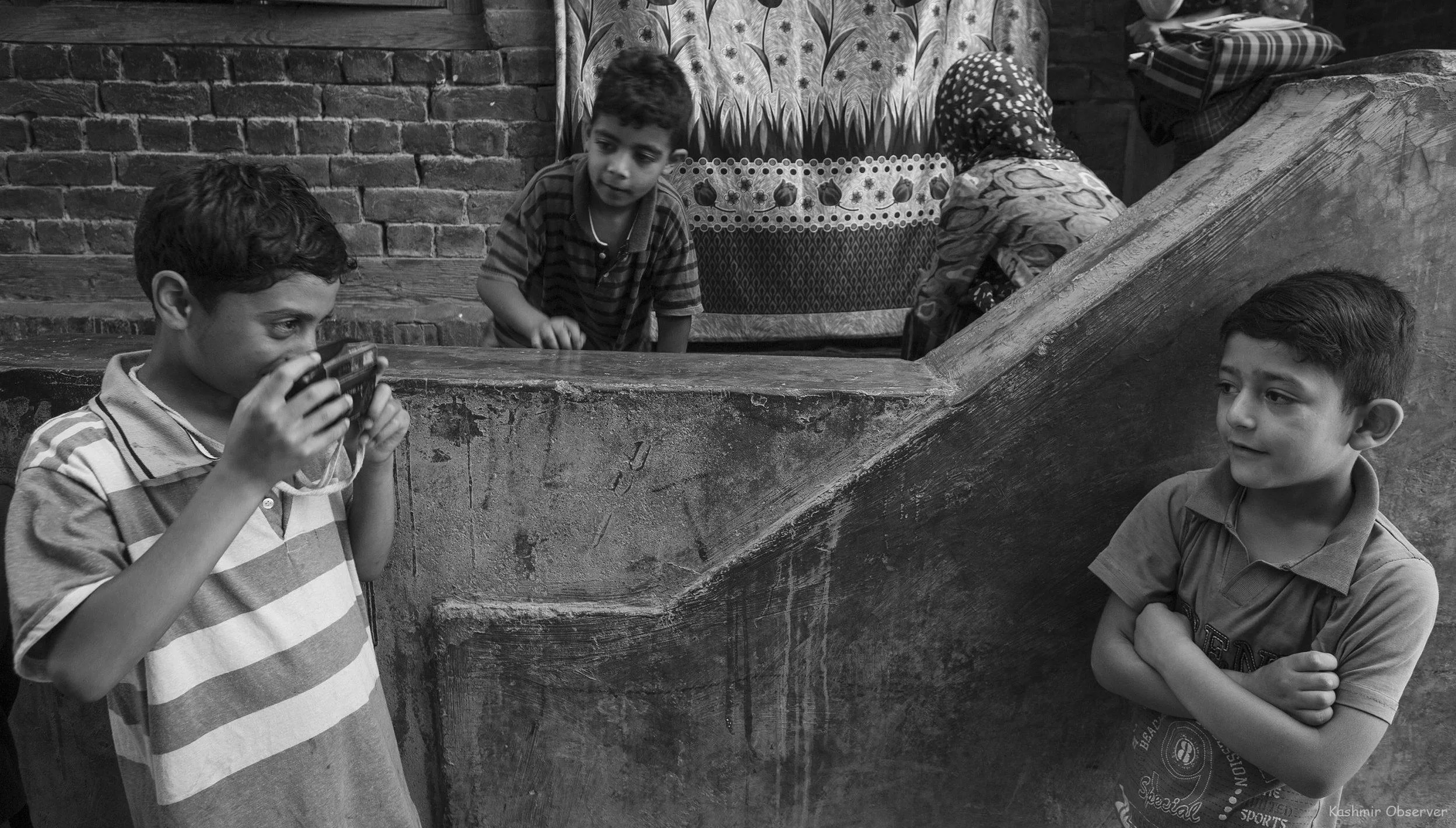
“We’ve been facing e-curfews and digital restrictions in our homes for a while now,” the scholar said. “Today even as academic structure has been shifted from the offline world to an online medium, the frequent internet bans are marring our prospects.”
With the result, he said, children in Kashmir get disillusioned with their study in an insecure atmosphere, where their rights, lives and future remain uncertain. “For people like me,” Jibraan said, “this sense of disillusionment comes at a later stage in life.”
Dr Yasir Hamid Bhat, Assistant Professor at the Department of Psychology in the University of Kashmir, talks about his experiences and the sharp differences he has observed over the years while teaching in restricted and non-restricted areas.
“While teaching at Tata Institute of Social Sciences, Mumbai, the thing which I clearly observed was the sense of security,” Prof. Bhat told Kashmir Observer.
“Students there openly share their experiences without any fear of repercussions. There’s an academic calendar and routine life. But here in Kashmir, it’s patchy. There’s always an uncertainty amongst the students about what’s going to happen tomorrow, and how they look into their future.”
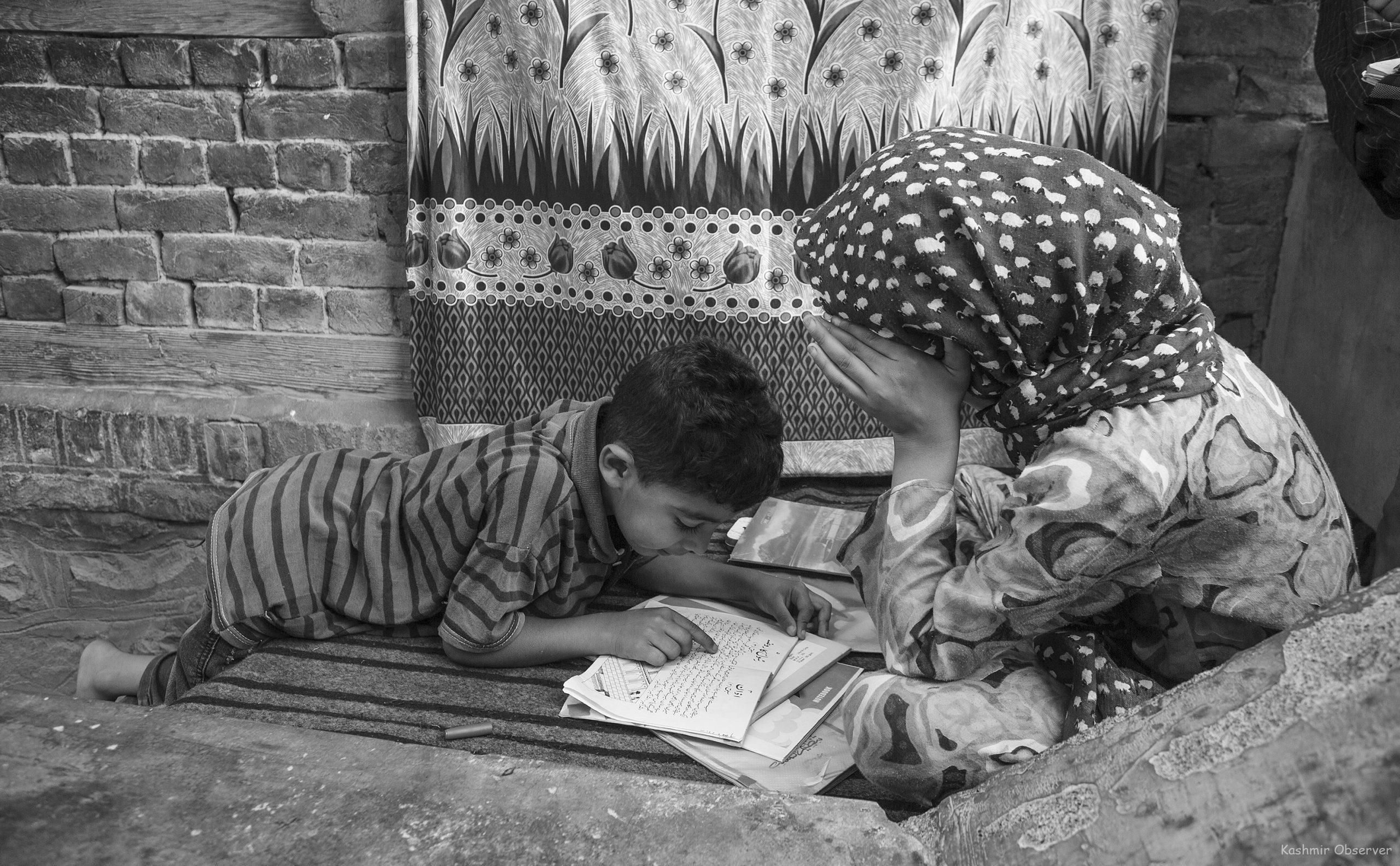
The socio-psychological impact is that, along with the conflict, comes insecurity, Dr Bhat continued. “Not only the physical insecurity, but of survival,” he asserted.
Over the years, the professor said, the lived trauma has gone through the roof in the valley. “Unfortunately conflict is impacting different people in different ways. And it culminates into the vulnerability, susceptibility and stressful life, which is rampant and serious issue now.”
Prof Bhat heavily stressed on the quality of life—which depends on the sense of security, access to opportunities, and absence of violence. “But in case of well-being, in a conflict zone, one may find a large population devoid of any stress, anxiety or other mental disorders but still we can see their well-being is deteriorated. When there’s no space to express oneself, they become isolated and all the goals shunt to just survival.”
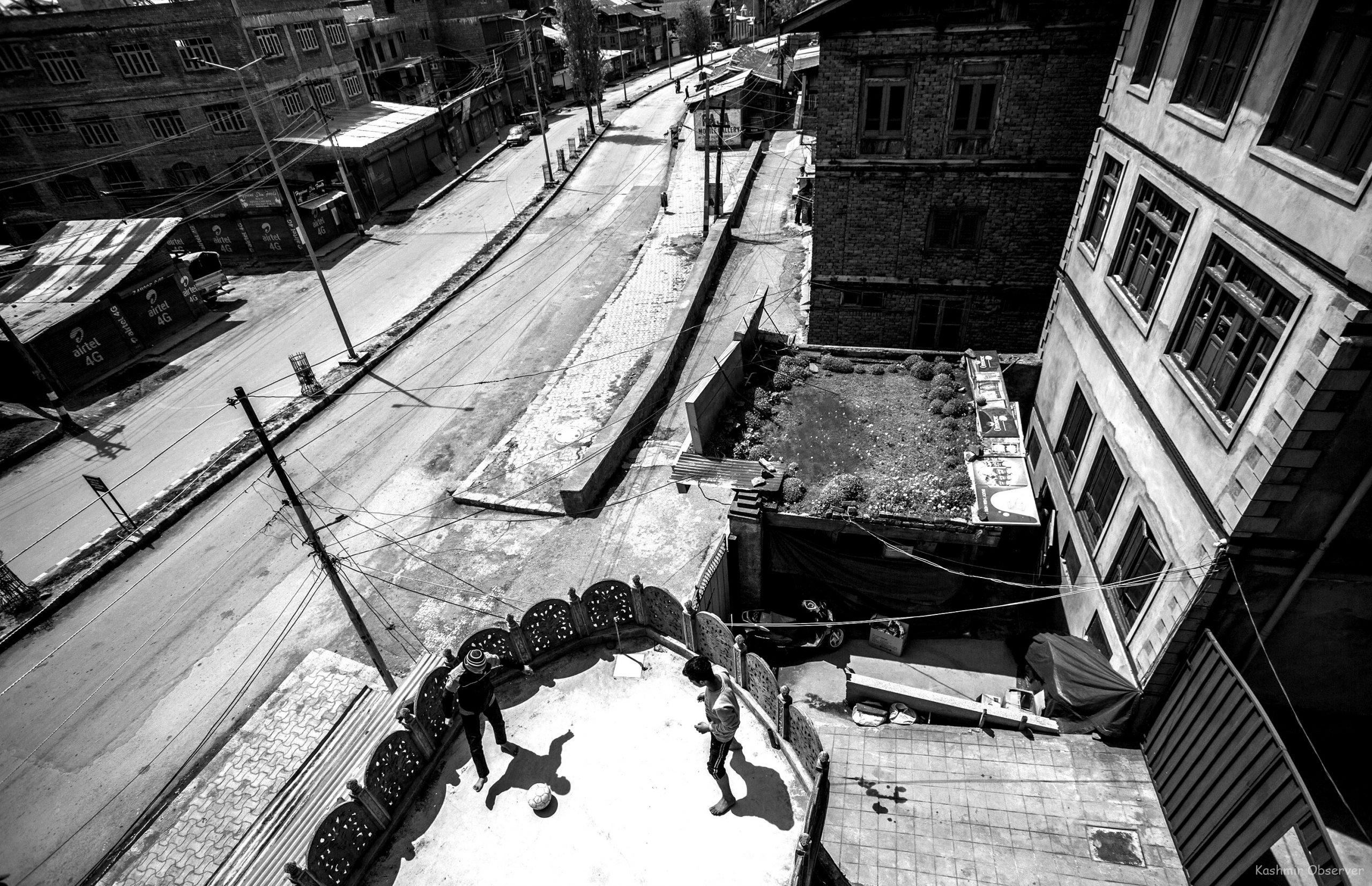
A prototype of the professor’s personality portrayal, Aqsa Sidiq, a Class 9 student, often finds herself locked in her room. Lack of indoor audience and restricted outdoors have silenced this otherwise chirpy girl ever since lockdown became a dominant feature of life in Kashmir.
“Our curbed life is leaving a little choice for us now,” Aqsa said. “You can’t go out for normal schooling and routine outing. And back home, your parents keep sulking over the situation in Kashmir. This takes toll on your mind.”
For last one year now, ever since New Delhi struck down JK’s special status, Aqsa and her class have been consuming distressing information in the form of communication gags, gunfights, LAC tensions, COVID spike, and other horrid events.
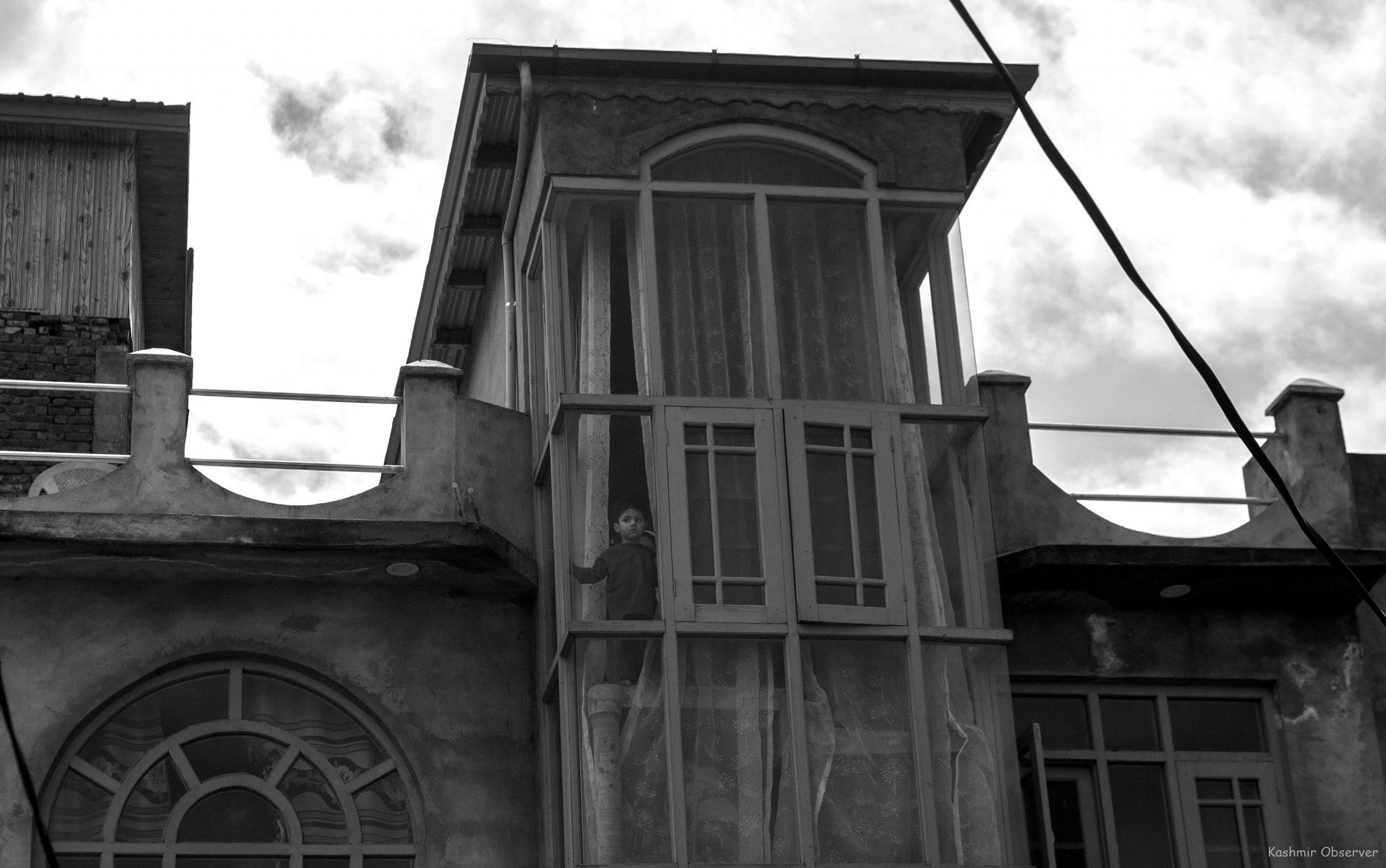
“We aren’t coming out of this vicious circle,” Jibraan, the Bandipora scholar, continued. “This turmoil seems endless, so do our miseries.”
Recalling his childhood dreadful incident, Jibraan said, “My late grandma was once beaten and pushed into a drain when she chased armed forces for taking away my father. I still have all those images and happenings stuck in my mind. My father had been taken for months, and I saw him coming back home from the army camp whimpering and tortured.”
Even today, he said, the street hostility is creating deep impressions on the young minds in Kashmir.

“On January 22 this year, we were on our way to SKIMS, Srinagar amid heavy snowfall to get my father treated,” he said. “We were stopped a dozen of times before getting caught by a military convoy near Ajas, Bandipora. We were told to come out of the car. Everything was so traumatic. We had left home at around 7.30 am but it was past noon when they had asked us to leave. With the result, we couldn’t reach to the hospital on time.”
What was more insulting, he said, was when he was asked to unlock his phone pattern and hand over his handset to the forces.
“What to do in a place where you do not even have the basic rights like privacy,” Jibraan said. “Each one of us in Kashmir has shuddering tales to tell.”
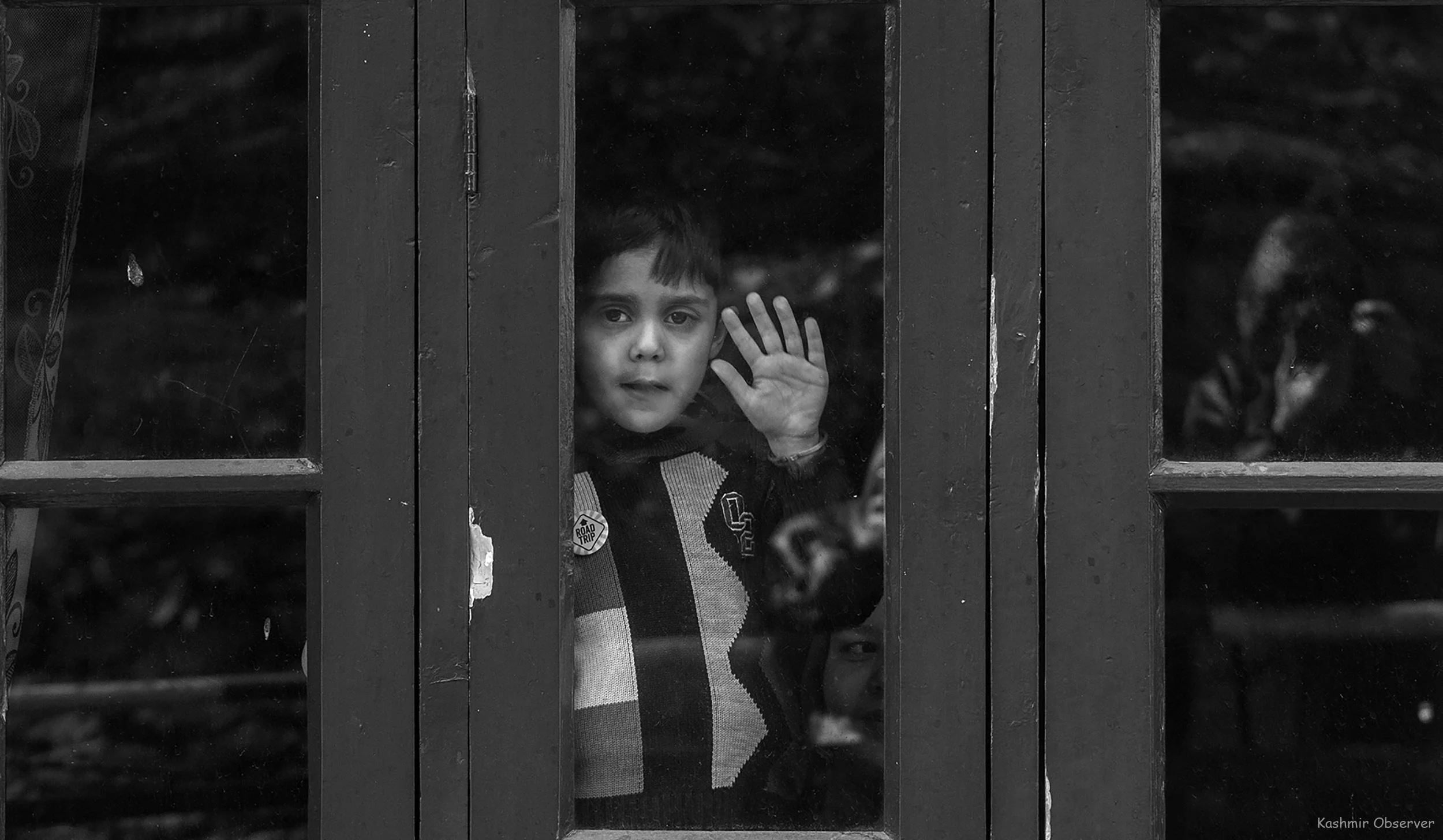
Prof Bhat said that even after war or conflict ends, the impact of it is felt even decades after.
“Society needs to move forward and become progressive, but in conflict zones, the reverse happens. Here, we’re moving backward, and seep into regressive times,” he said.
“Although there’s resilience and coping mechanism among the natives, but we need to understand that much of that has to do with our helplessness. We should not be self-appreciating, as this is not something one would ideally want. If given an option, we would not need to be in a constant state of strife. It takes a huge toll on the population who would want to be free and rather use their potential in better ways and focus on fulfillment of their goals and aspirations.”
Follow this link to join our WhatsApp group: Join Now
Be Part of Quality Journalism |
Quality journalism takes a lot of time, money and hard work to produce and despite all the hardships we still do it. Our reporters and editors are working overtime in Kashmir and beyond to cover what you care about, break big stories, and expose injustices that can change lives. Today more people are reading Kashmir Observer than ever, but only a handful are paying while advertising revenues are falling fast. |
| ACT NOW |
| MONTHLY | Rs 100 | |
| YEARLY | Rs 1000 | |
| LIFETIME | Rs 10000 | |











